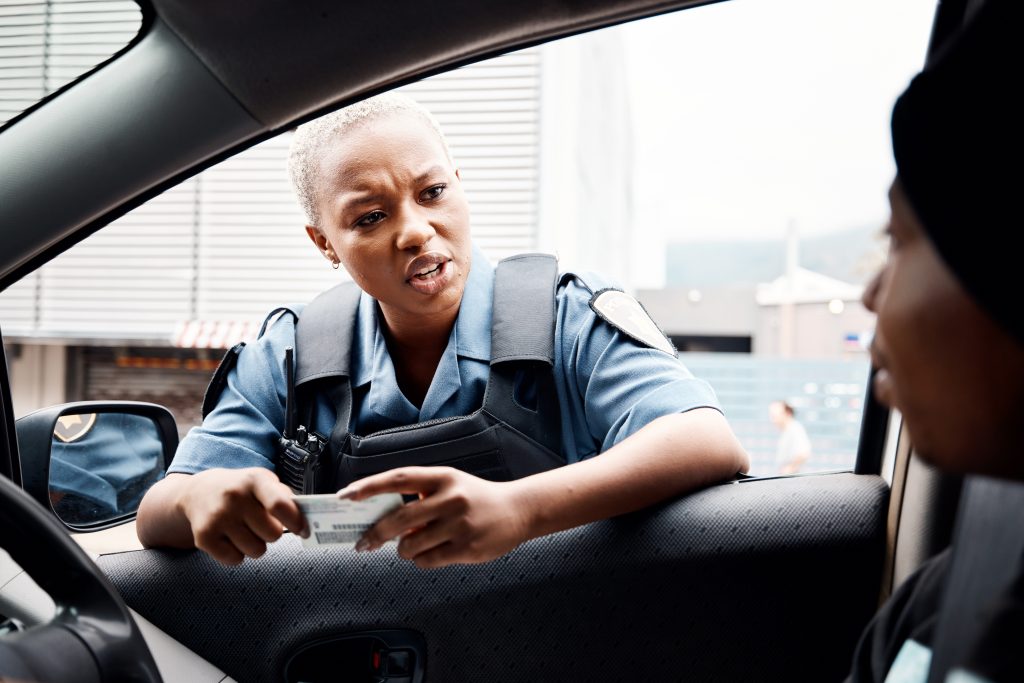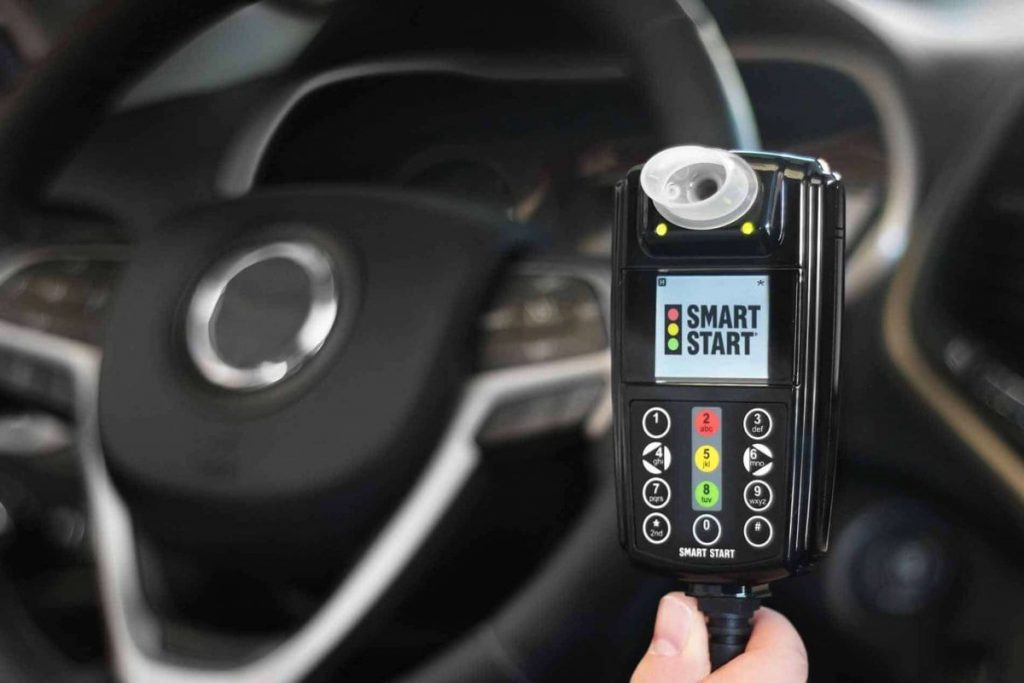The DUI Law in Illinois is under 625 ILCS 5/11-501 of the Illinois Vehicle Code. In this law, it sets out what the State must prove to find an individual guilty of a DUI in Illinois. The two main requirements are that (1) a person is driving or in actual physical control of a motor vehicle; AND (2) that a person is intoxicated or impaired by alcohol or other drugs to a level that makes it illegal to drive or be in control of the vehicle.
Driving is pretty straightforward, but actual physical control of the vehicle has often been a source of litigation. Although “actual physical control” has been broadly construed, details such as whether or not the car is off and whether or not the keys are in your pocket or ignition can make a difference.
The second requirement is an illegal level of impairment or intoxication. In Illinois, there are seven types of DUIs. They all have to do with the level of intoxication or impairment. We will go through the seven different types.
DUI Type 1 – 625 ILCS 5/11-501(a)(1)
The first type of DUI will be issued if a person’s breathalyzer result, blood test or urine test reveals a blood alcohol concentration (BAC) over 0.08. It is not necessary for the prosecution to prove that the driver was actually drunk or driving unsafely. This is the first and most common type of DUI.
DUI Type 2 – 625 ILCS 5/11-501(a)(2)
The second type of DUI is being “under the influence of alcohol.” It is a generic “catch all” and is often used when the driver refuses a breathalyzer. In that scenario, the prosecution cannot show that they had a BAC of 0.08 or above, so instead they state simply that the driver was “under the influence of alcohol.”
DUI Type 3 – 625 ILCS 5/11-501(a)(3)
The third type of DUI states that the driver is “under the influence of any intoxicating compound or combination of intoxicating compounds” and that they are so intoxicated that they are “incapable of driving safely.” Again, this is often used as a “catch-all” when the officers do not know exactly what the driver has consumed or the driver inhaled or ingested chemicals, compounds, or liquids such as household cleaning agents to “get high.”
DUI Type 4 – 625 ILCS 5/11-501(a)(4)
The fourth type of DUI is defined as being under the influence of illicit drugs to the degree that the person is incapable of driving safely. An example of this is under the influence of heroin while driving. The prosecution must prove they were under the influence of the drug or combination of drugs AND they were incapable of driving safely.
DUI Type 5 – 625 ILCS 5/11-501(a)(5)
The fifth type of DUI is defined as being under the influence of alcohol, drugs, or other intoxicating compounds. They must also show that the person was incapable of driving safely. As you can see, types 3, 4 and 5 are similar but vary based on the suspected intoxicant.
As you can see, types 3, 4 and 5 are similar but vary based on the suspected intoxicant.
DUI Type 6 – 625 ILCS 5/11-501(a)(6)
A person will be charged with the sixth type of DUI if they are driving (or in control of the vehicle) and any amount of unlawful drug, substance or compound is detected on the driver’s breath, blood or urine, resulting from unlawful use. Think of this as zero tolerance to illegal drug use.
DUI Type 7 – 625 ILCS 5/11-501(a)(7)
This is the newest type of DUI. It went into effect in Illinois on July 29, 2016. Previously, if a driver had any amount of cannabis in their system, they may be found guilty of a Type 6 DUI.
Now, the law states that a person can have small amounts of marijuana in their system and not be considered driving under the influence. Instead, the “cutoff” is now a “Tetrahydrocannabinol (THC) concentration of either 5 nanograms or more of delta-9-tetrahydrocannabinol per milliliter of whole blood or 10 nanograms or more of delta-9-tetrahydrocannabinol per milliliter of other bodily substance.”
In other words, there is a measurable amount of cannabis that makes it illegal to operate a vehicle, just like there is with alcohol and the 0.08 BAC cutoff in a Type 1 DUI. If you test over that amount, you can be charged with a Type 7 DUI. If you are under that amount, you may not be charged at all or you may be charged under a Type 4 or Type 5 DUI.
Conclusion
Nearly everyone knows the general definition of a DUI. But as you can see, the legal definition is not as simple. The 7 types of DUIs can be very confusing to anyone who doesn’t deal with them every day. Plus, the prosecution has the ability to charge a driver with multiple types.
If you or someone you know is charged with Driving Under the Influence in Illinois, you’ll want to seek the help of a DUI attorney right away. During a free consultation, we can explain exactly the type or types of DUI you were charged with, possible defenses and next steps.
If you or someone you know is charged with Driving Under the Influence in Illinois, you’ll want to seek the help of a DUI attorney right away. During a free consultation, we can explain exactly the type or types of DUI you were charged with, possible defenses and next steps.
To contact Driver Defense Team, send us a message or call us during normal business hours.



